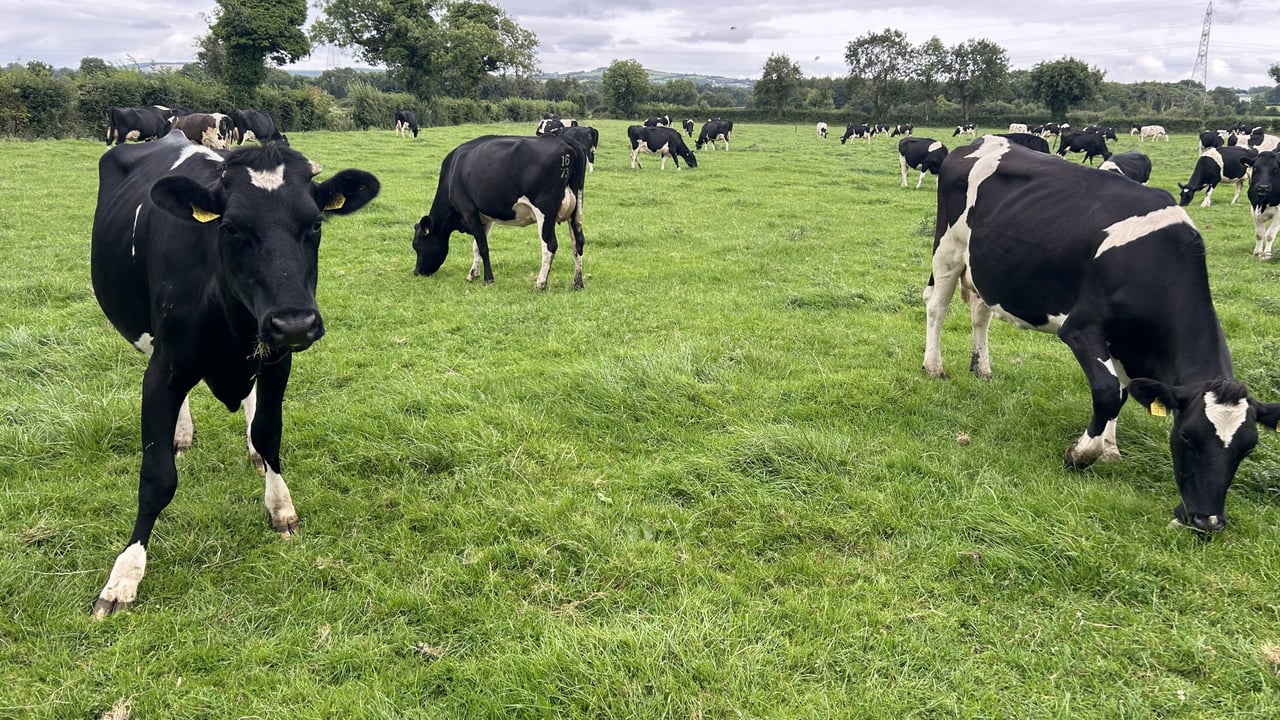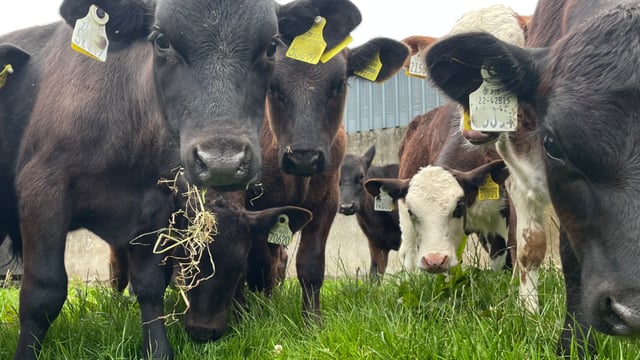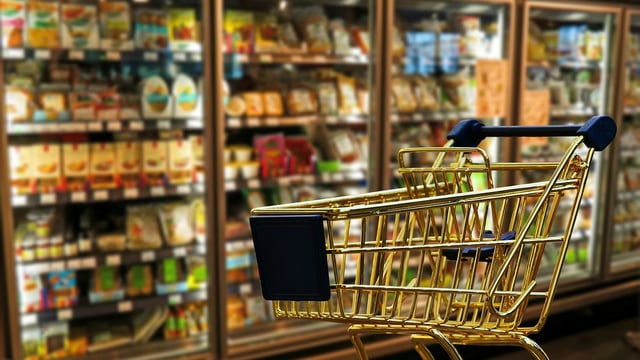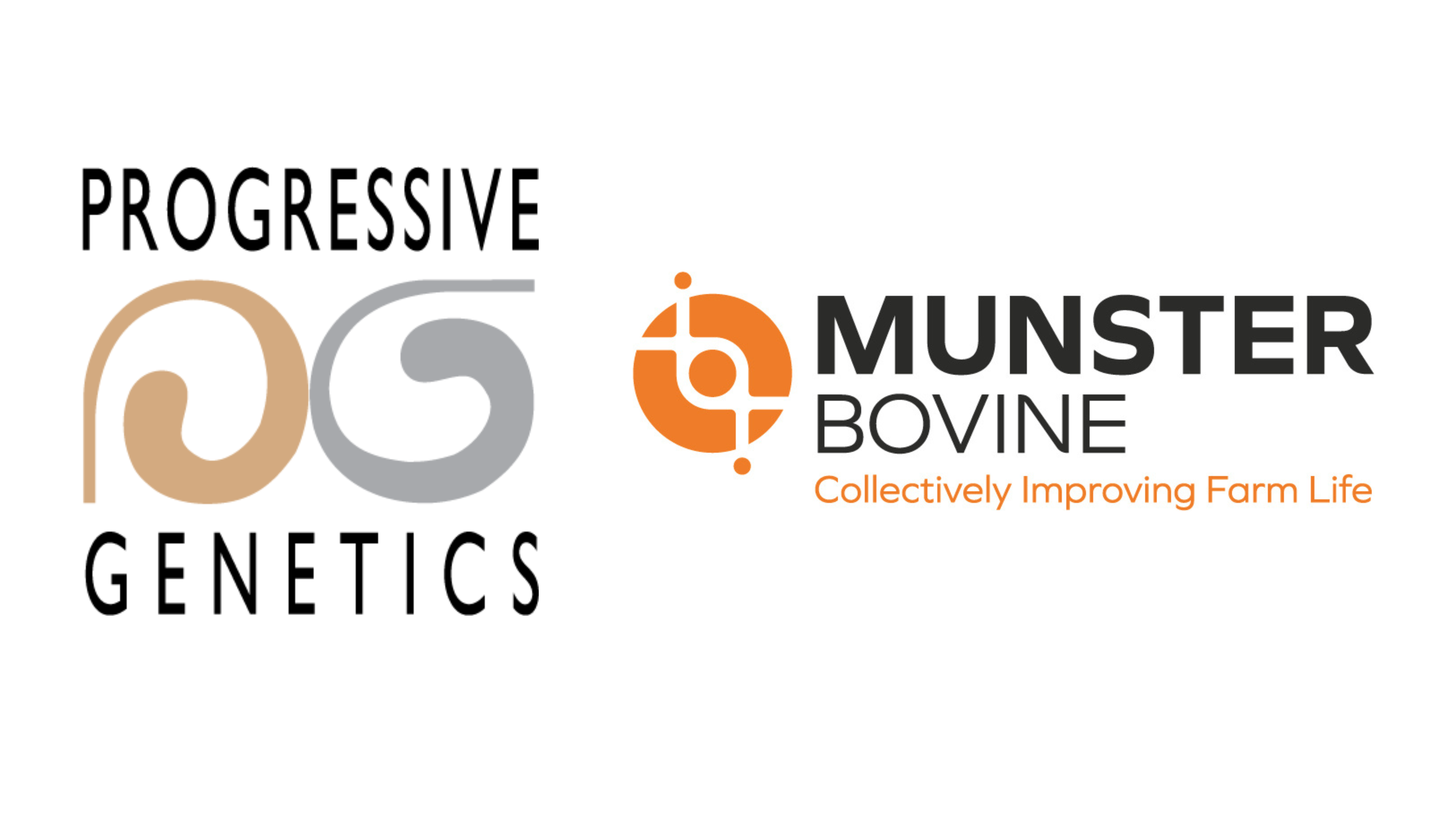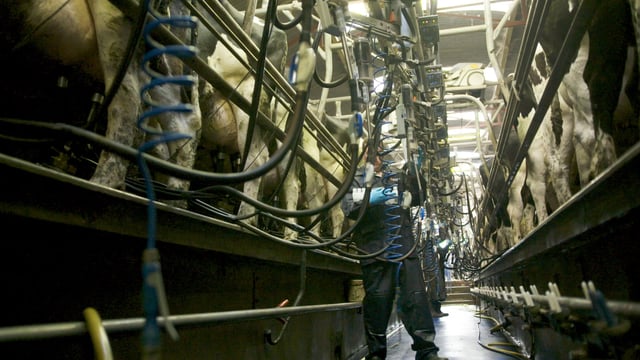Dairy advice: Scanning should commence 30 days after last serve
With breeding finished up on farms for a few weeks, scanning needs to take priority.
The priority turns to scanning your cows as soon as possible to allow for prompt decision making after the breeding season.
For dairy farms who start their breeding season on May 1, the bull has been pulled since mid-to-late July in a typical 12-week breeding season.
Many farmers started breeding in the middle of April this year and had the bulls pulled from the herd since early July, while some started in May and conducted a 10-week breeding season.
Either way, all farms need to be eyeing up getting the cows scanned in the coming days and weeks as, for a few, it will be over a month since the last cow on the farm has been served.
You need to make sure that the cows or heifers that you have bred are actually in calf, as it makes no sense to keep empty cows on your farm over the winter months. This will only add to costs, deplete silage supplies and add to your stocking rate.
Scanning should be done at least 30 days after the last cow in the herd could have been served to ensure accuracy, as it can be difficult to pick up very early pregnancies.
Scanning will tell you what is not in calf, which gives you the opportunity to move on any of the empty cows and subsequently allow more grass for productive milkers in the autumn at a time where building covers and keeping grass in the diet is crucial.
This will not only save on silage, but will also save money, time, shed space, slurry space, and spare you on your organic stocking rate.
Scanning will give you a good estimate of the number of weeks each cow has gone in calf, and this information can be used to predict the cow's due date, which will then influence how she is fed and when she is vaccinated.
Batching cows into early calving and late calving mobs will allow you to keep the early calvers close to the calving house, which will minimise stress on the cow.
Splitting the herd into two or three different mobs will also allow you to feed them accordingly - late calving cows on restricted feed to stop them getting overly fat, while early calving cows, thinner cows or first time calvers can get additional feed if necessary.
If the cow has not gone over 12-14 weeks in calf, a scanner can tell whether they are carrying twins or not, or some may be able to sex the embryo.
Farmers should aim for an empty rate of less than 10%. In the case of anything above this, the farmer should be asking questions around the fertility of the herd, heat detection, mineral deficiency, or whether the bulls being used were picking up the cows.
Scanning costs can vary, but generally cost around €5/cow plus a call-out charge of €20-€50, according to Teagasc.
Rates will vary depending on the number of animals being scanned and the time it takes to scan the herd of cows, but it is money well-spent.
Many farmers will have a fair idea whether or not a certain cow is in calf or not due to monitoring of serves and heats, and they will have a fair idea of when they will calve, but scanning ensures that they are in fact in calf with an accurate expected calving date.
Even if your records are 100% and every heat, submission, and repeat had been recorded, it is hard to pick up on absolutely everything and scanning cuts out any of the guesswork.

